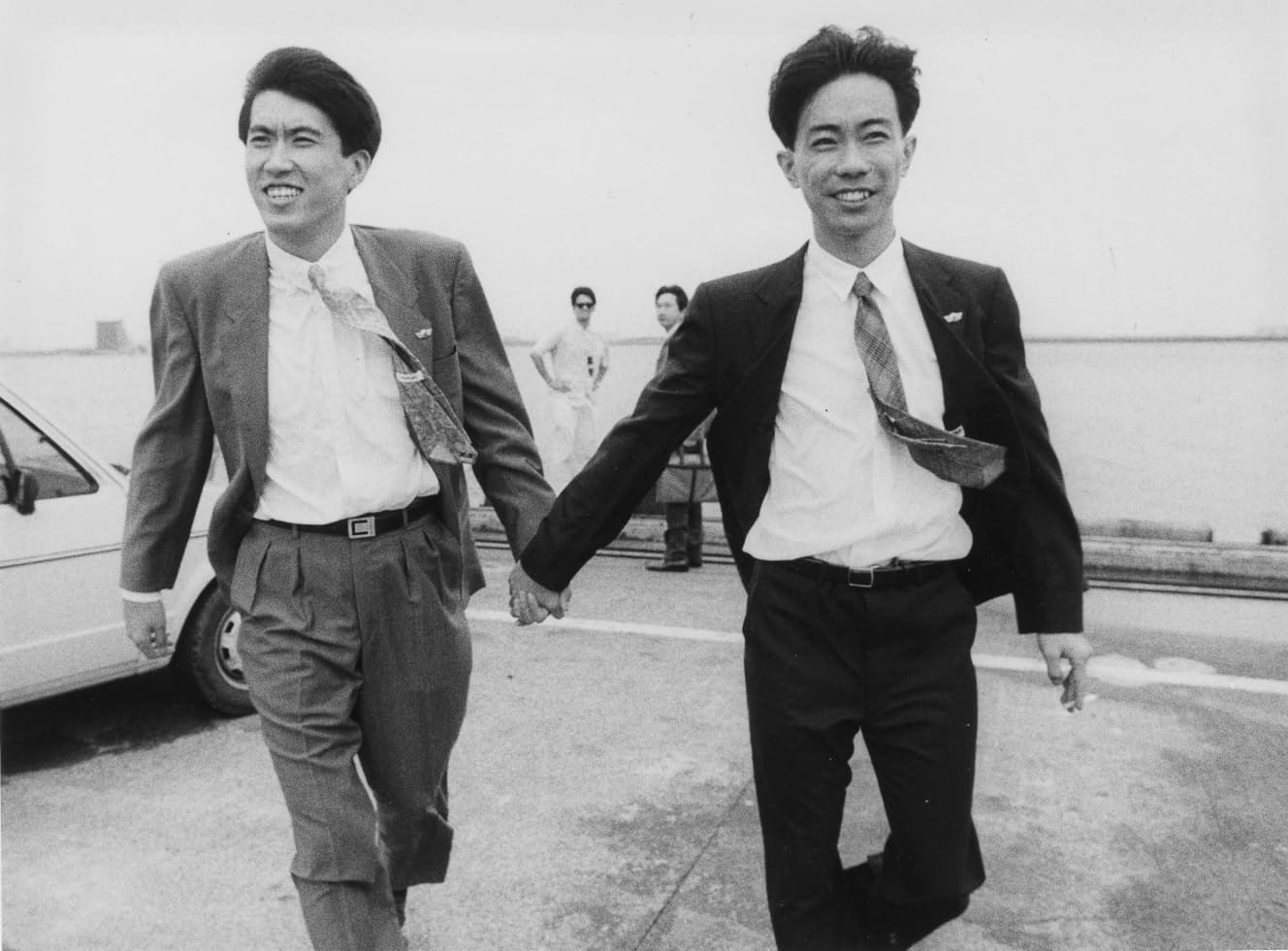April 5, 1986 Akiyuki Nosaka’s “barbaric courage” against Tonnerzu
Masashi Hosoda's Entertainment Space-Time Detective ⑬
April 8, 1986 is the anniversary of the death of idol singer Yukiko Okada. The time of death was 12:15 pm. Forty minutes later, she appeared in the ending of “Laugh It Up! (Fuji Television Network), the host of the show, Tamori, announced that “Okada Yukiko has just passed away,” and Studio Alta was in an uproar. This was actually the first news.
It was Tuesday, and “Tunnels’ All Night Nippon” was on from 1:00 am. As a junior high school student, I had occasionally listened to this program, which had started in October of the previous year, and I tuned in without hesitation on that day. I wanted to know how the Tonneruzu had reacted to the death of Okada Yukiko, and at the 1:00 a.m. time signal, Ishibashi Takaaki of Tonneruzu said as soon as he opened his mouth, “I’m not a fan of Nosaka Akiyuki.
I will defeat Akiyuki Nosaka.
I will fight a duel in front of 50,000 people at Korakuen Stadium.”
I had no idea what he was talking about.
I couldn’t understand why he was going to “defeat Akiyuki Nosaka” on the night of a major incident involving the suicide of a popular idol singer. He is wearing judo gi today.
After listening to the program for a while, I learned that the previous week, late at night on Saturday, April 5, during the “All Night Fuji” program (Fuji TV), the guest and writer Akiyuki Nosaka had beaten up Takaaki Ishibashi. All Night Fuji” is not broadcast in Tottori Prefecture, where the author lives, so it is not surprising that he did not know about it. On that day, Nosaka was introduced by Takaaki Ishibashi, who said, “This is Akiyuki Nosaka, the great teacher who makes a special appearance on the show,” and he said to the “fourth generation all-nighters” sitting on the dais, “Is this a married man here? Ishibashi commented.
The right hook from Great Teacher Nosaka hit me in the body. This was not on TV, so I don’t think you all saw it. The right hook came to my liver with a thud” (Shukan Meisei, May 1, 1986).
Nosaka’s wild behavior did not stop. He thought he was holding Ishibashi’s left leg like an Achilles tendon lock, but then he stood up and slapped him across the face with the back of his left hand, eliciting screams from the all-nighters. From this point on, it was absurd. The video footage that remains on the Internet shows angry shouts and the camera abruptly switching to the new MC, Yumiko Okayasu. Yumiko Okayasu probably had no idea that she would encounter such trouble on her first day as MC.
The weekly magazine that reported the incident concluded that it was due to Nosaka’s usual bad drinking habits. After the Tonneruzu had talked as much as he could talk, he said , “Please brush your teeth this time, Nosaka-sensei. It was too hard for me.” The magazine then moved on to its regular postcard corner at 2:00 a.m. The ending of the program only lightly mentions Okada Yukiko, saying, “Oh, by the way, Okada Yukiko passed away.
The suicide of a favorite idol singer must have been a painful night for an impressionable 14-year-old, but I listened to the on-air program with my ears strained even more than usual. Perhaps I wanted to forget my grief, or perhaps I wanted to tell myself, “It’s no big deal. I think it was both.
At any rate, this night’s broadcast became a chance opportunity for me to get into Tonneruzzi.
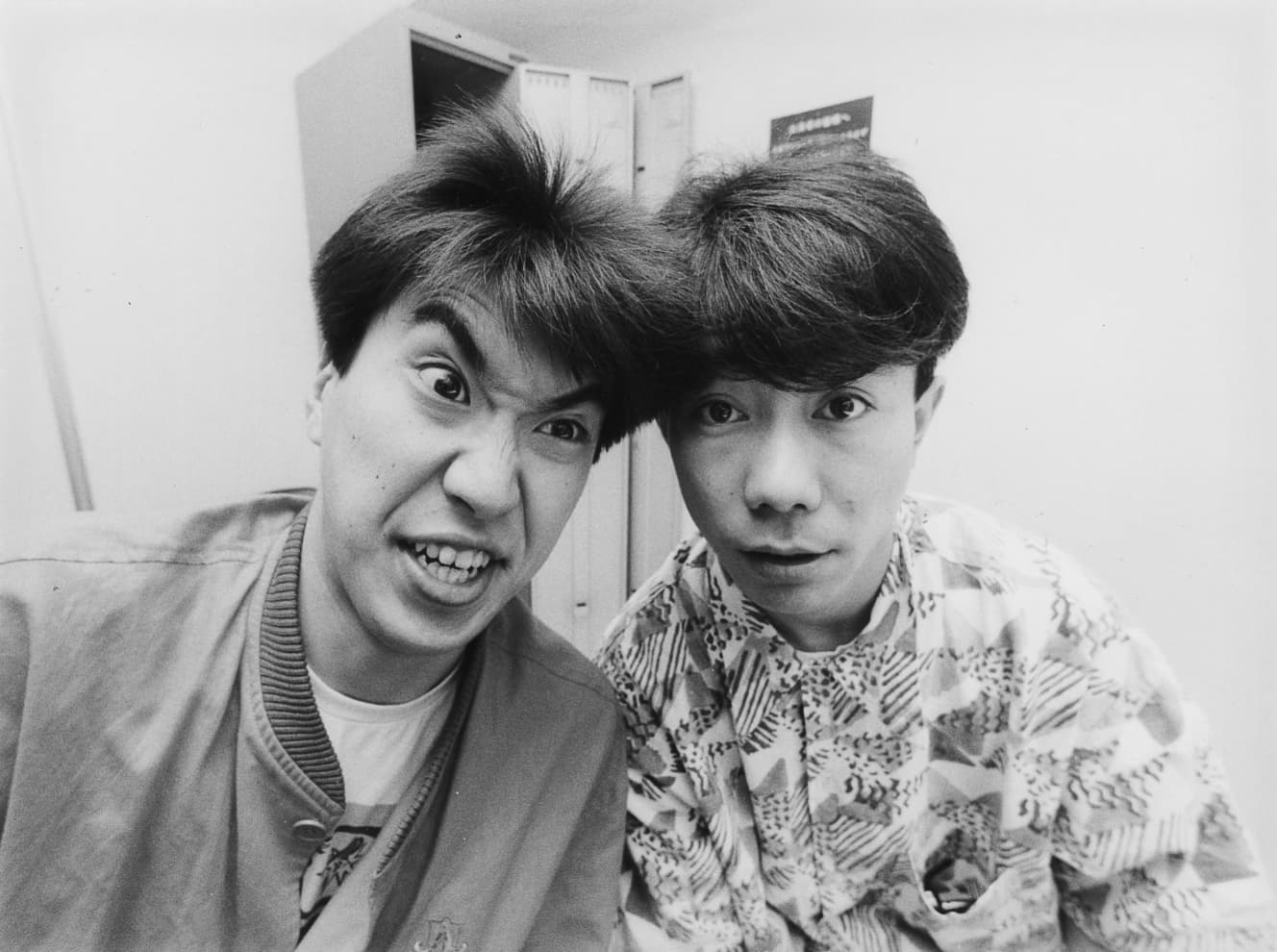
Needless to say, the Tunnels were classmates at Teikyo High School and were from the baseball (Takaaki Ishibashi) and soccer (Noritake Kinashi) teams.
The story behind the formation of the duo stems from Ishibashi’s invitation to participate in the “Tokoro George’s Big Doba-Doba-Bomb” (Tokyo 12 Channel, now TV Tokyo) as an amateur participant, saying, “Kinashi, why don’t you join us? Incidentally, this writer vividly remembers Takaaki Ishibashi as “a high school student imitating Antonio Inoki and Kenji Niinuma” when he appeared in “The Challenge,” an amateur corner on “TV Jockey” (Nippon Television Network Corporation). Later, when I recognized his frequent appearances on TV, I thought to myself, “This guy has turned pro after all,” even as a child.
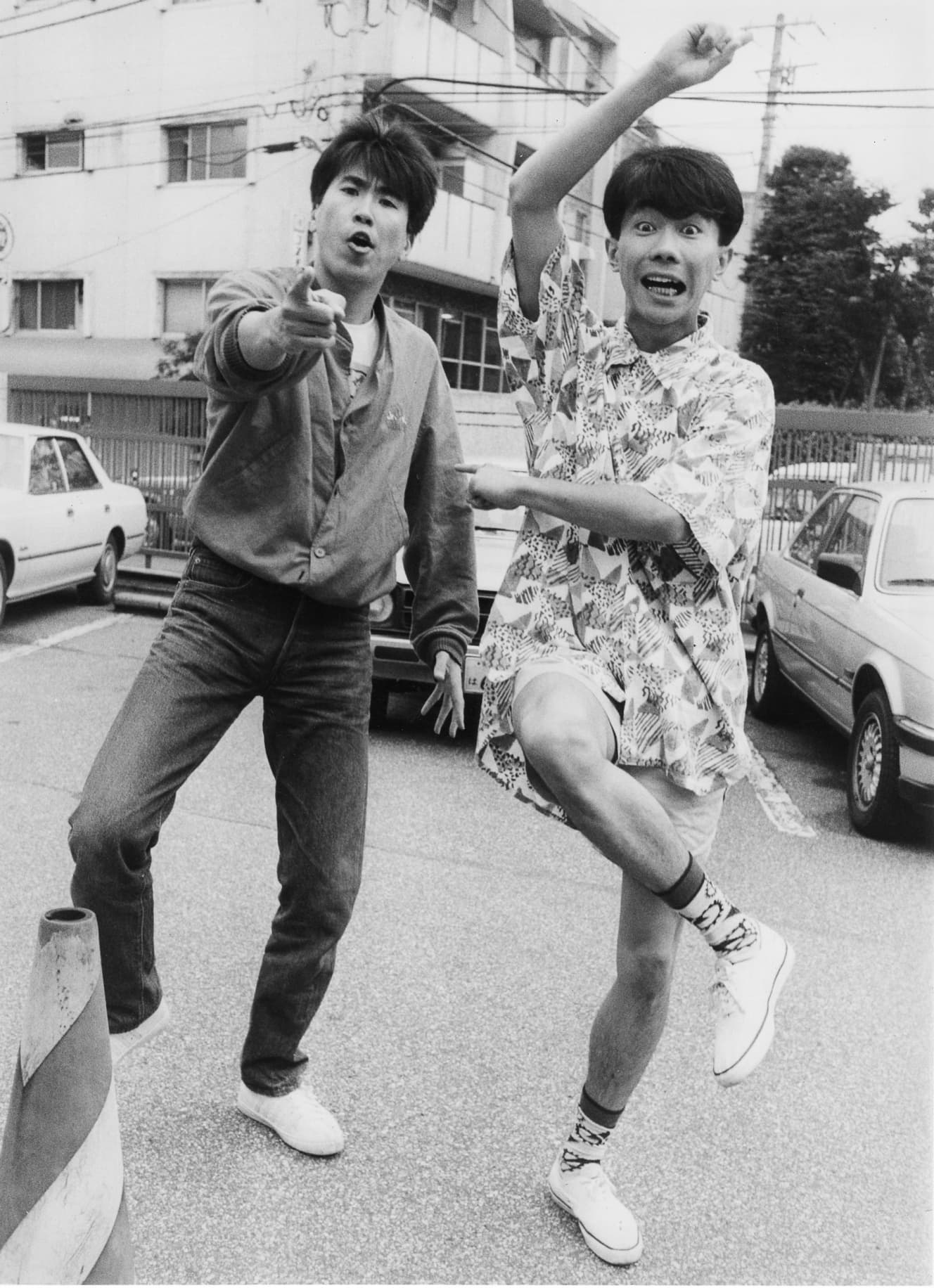
It was Takatada Ihara, then head of NTV’s first production department, who named the duo, who had initially worked together as “Takaaki & Noritake,” “Tonnerzu. It was an unexpected connection that Takatada Ihara, who is also known as the creator of “11PM,” “Star Birth,” and “24-Hour TV,” was the godfather of the pair . Ihara was the one who encouraged the young duo to become professionals, saying, “You can do it.
They have found an office to belong to. Nikki, a production company that handles many programs for Nippon Television Network Corporation (NTV). The president of Nikki was Kenichi Akao (current honorary chairman), who was the general director of “Comedy Star Birth.” Takaaki Ishibashi himself recalls how he came to belong to Nikki : “It was a company run by a man who evaluated us in “Comedy Star Birth,” and he seemed very familiar to us. (Daishi, Nippon Broadcasting System Publishing Co.
As a side note, Kenichi Akao also appears in the book “The Man Who Let Chu Sawamura Fly the Vacuum” (Shinchosha) published by the author in 2020. Naoya Abe, a classmate from Keio High School who had experience as an overseas boxer, was asked to be a commentator for the program. Akao asked Naoya Abe, a classmate from his Keio High School days, who had experience as a boxer overseas, to be his commentator.
When Akao asked him to be a commentator, Abe, who was a yakuza at the time, was adamant, saying, “Wouldn’t it be bad if you put me on TV? But he was pushed aside, saying, “As long as I don’t get caught, I’ll be fine. He was a TV man of yesteryear.
Tunnels, now a member of NIKKEI led by Kenichi Akao, naturally began to appear frequently on NTV programs. The author remembers well their appearance on “Morning Salad” hosted by Hideki Nishijo. However, there is not much to be said about their days at NTV.
On the other hand, it is a well-known story that they were close friends with “Two Two Lelo Lelo” (Azuma Sonoma and Utaemon Omori) and “Cardinals” (Taka Gadarkanal and Edamame Tsumami), who competed with each other on “Comedy Star Birth”, and were called by Beat Takeshi many times as members of a grass baseball team. He was called by Beat Takeshi many times as a grassroots baseball player.
If they had not moved to “AtoZ,” they might have joined Takeshigun-dan or acted together as associate members like Popcorn (a comedy duo = Shoichi and Shoji). If that had happened, the history of Japanese entertainment would not have been as it was in the past. If that had happened, the history of Japanese entertainment would have been very different.
Tunnels’ rapid ascent began when he joined “AtoZ.” They became regulars on “All Night Fuji” and appeared every day from Monday through Friday on “Yuyake Nyan Nyan. They became the main battleground of Fuji Television and went on a rampage like a fish out of water. Of course, it could be said that this was a result of adapting to the colors of Fuji TV at the time, but it is doubtful that these obedient “Nippon TV” personalities could have suddenly burst into the limelight.
This is where the presence of a third party comes into play. The presence of a brain is indispensable for many famous comedians, such as Minoru Akita for Yokoyama Entatsu and Achako Hanabishi, Yukio Aoshima for Crazy Cats, Mitsuo Hakama for Kont 55, Shigeru Tsukada for Drifters, Fumio Takada for Beat Takeshi, and so on…. In the case of Tunnels, it was Akimoto Yasushi.
Akimoto was in charge of the program’s programming. The performers and the program staff were close, and I, who used to be a broadcaster, can remember that. Perhaps it was Akimoto Yasushi who introduced “AtoZ. The reason was that it was too risky for Hadano himself, who had just started his own office, to approach them, since they belonged to Nikki, which was also a production company.
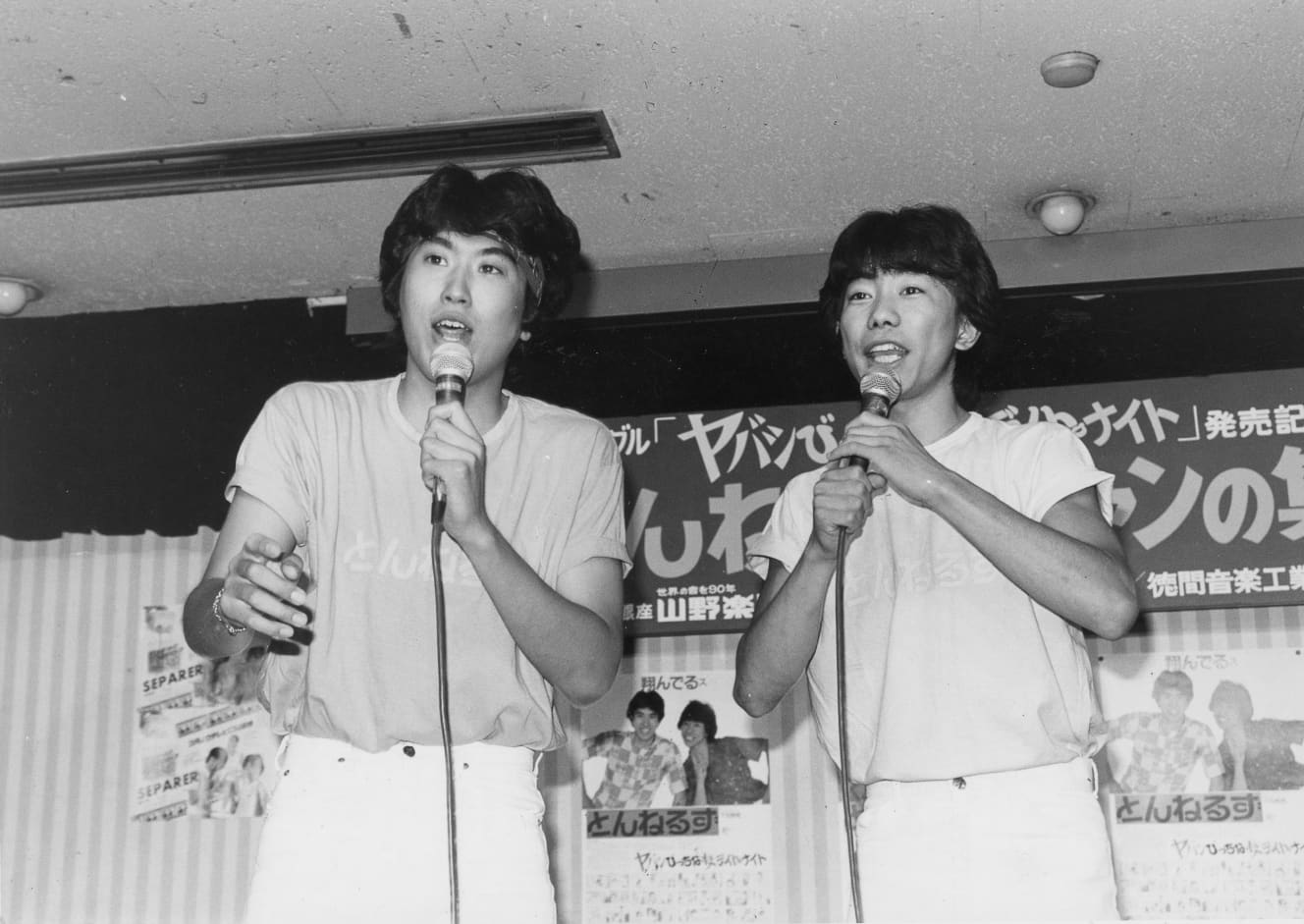
Akimoto Yasushi, an up-and-coming broadcaster who was also in charge of “All Night Fuji,” must have felt more comfortable with the first talent from a new production company than with a talent from a production company, as Koichi Minato, the director of “ All Night Fuji” (now president of Fuji Television Network, Inc. In fact, Koichi Minato, the director of “All Night Fuji” (now president of Fuji Television Network), said, “Mr. Akimoto brought Tunnels for the first time. He was funny and energetic, so I immediately made him a regular,” he testified when this writer interviewed him.
1984 was also a watershed year for Yasushi Akimoto. He had been writing lyrics for new music artists such as Alfie, Junichi Inagaki, and Tsuyoshi Nagabuchi in addition to his work as a broadcast writer, but it was during this year that he began to work on idol songs in earnest.
Katsuhiko Endo, then Senior Managing Director of VAP Records, who was working on the debut song for new idol Momoko Kikuchi, explained how he chose Yasushi Akimoto to write the lyrics : “The title ‘Seishun no tsujiwaru’ is also good. When I met with him, he said clearly that he wanted to be an idol from now on, so I decided, ‘He is young, and I like him'” (Shukan Gendai, January 14, 2014 issue ). Akimoto Yasushi himself stated.
Akimoto Yasushi himself stated, “I was thought to be a lyricist of what used to be called ‘city pops’ or ‘new music. I really wanted to be an idol, but I never had a chance to do it. (omission) I thought it would be interesting to write about the dream world and fairy tales that only idols can create. I was originally a broadcaster, so I had the sense that the ‘project’ nature of idol songs got my blood boiling” (“MEKURU July issue, Minna no Kyon Kyon: Nobody Knows Kyoko Koizumi”).
At the same time, lyrics for Tonneruzu’s songs also began with 1984’s “Ikki” (released on December 5, 1984). After this, most of the single songs were written by Yasushi Akimoto.
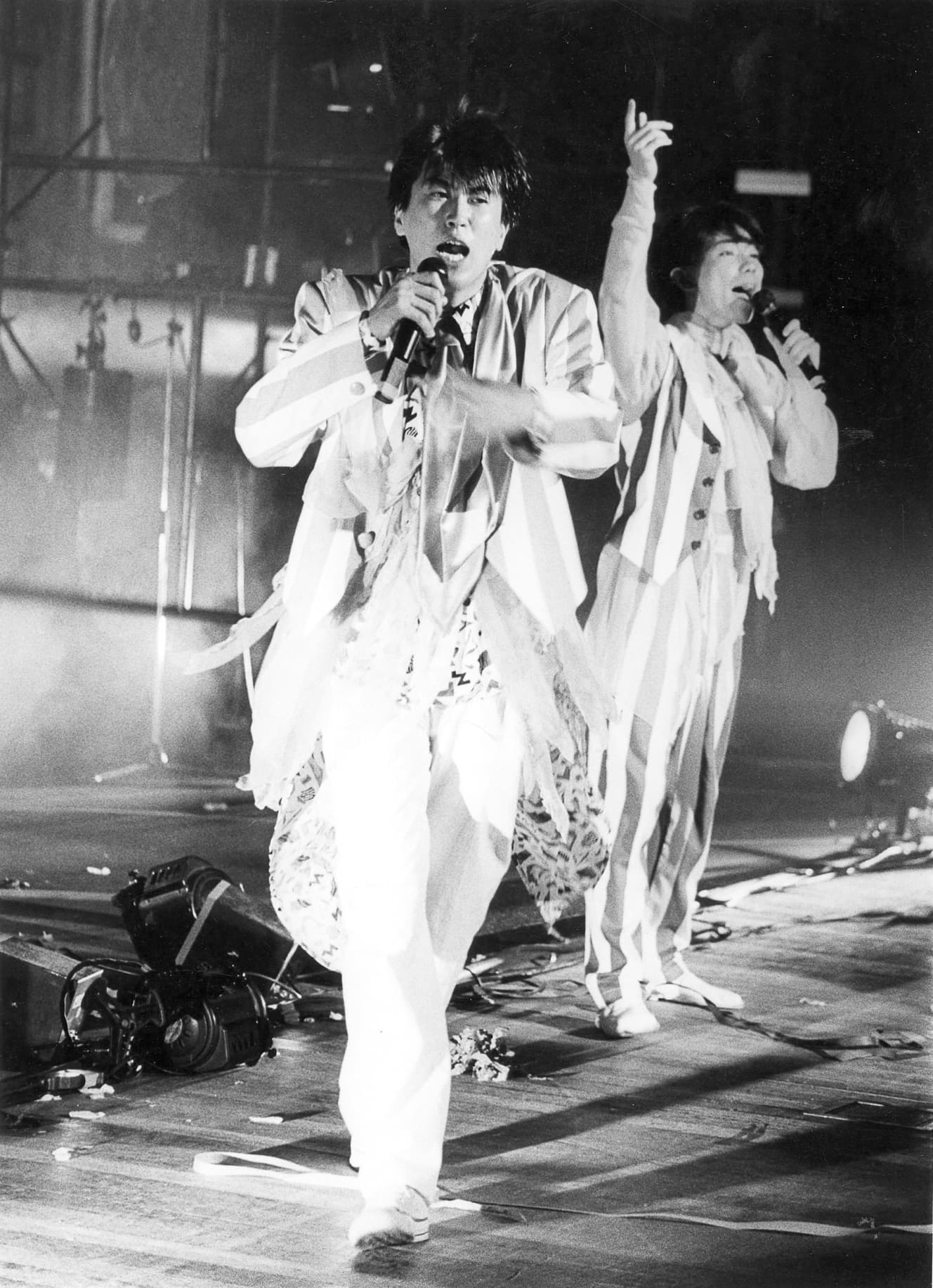
The incident in which Takaaki Ishibashi knocked over and destroyed Fuji Television’s camera occurred on the January 19, 1985 broadcast of “All Night Fuji. Although he was in the middle of singing “Ikki,” the author believes that Akimoto Yasushi had suggested it. I do not believe that he gave specific instructions to “knock down the camera,” but he may have said something along the lines of, “Go wild as you like. Akimoto Yasushi himself was tired of the old “beauty of style” in the entertainment industry to the extent that he was willing to “break the stereotypes and stereotypical ideas.
In other words, there was no way to hide the influence of Akimoto Yasushi, the brains behind the writing of “Sailor Undressa Nigasai” (Onyanko Club) and “Nantente Idol” (Kyoko Koizumi), on the incoherent character of Tonneruzu at that time.
In the midst of all this was the “Nosaka Incident. Akiyuki Nosaka was the only adult who took a bite out of Tonneru, who had been playing the role of an unruly and violent character. The author once asked Akiyuki Nosaka’s former editor about his personality.
He said, “Nosaka-san was certainly inebriated and would often get confused, but he was not a man who would throw up his hands without a reason. There was always some reason for it.”
Come to think of it, when Akiyuki Nosaka attended the “30th wedding anniversary party of Nagisa Oshima and Akiko Koyama,” which was held on October 23, 1990, he gave a congratulatory speech and then gave Nagisa Oshima a powerful right hook. In fact, he had been skipped in the order of his speech on this occasion as well. This does not mean that violence is acceptable, but it is also true that he does not take matters into his own hands.
What comes to mind is the existence of the person who instigated it. I don’t know who it was. I don’t know, but I can at least guess.
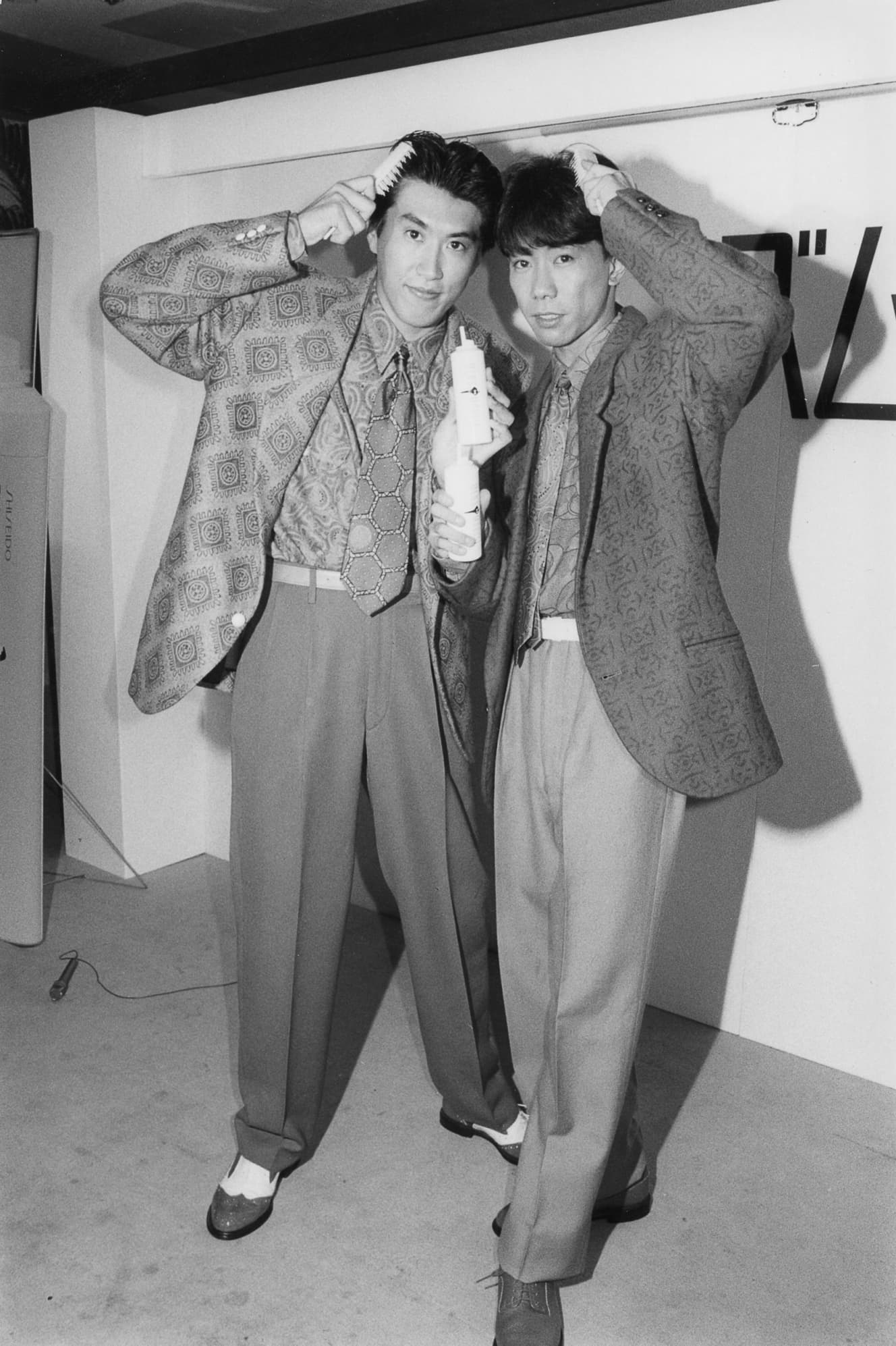
The fact that Akimoto Yasushi, the writer of “All Night Fuji,” was in the Fuji Television studio that day is attested to in the “All Night Nippon” report. Akiyuki Nosaka, who was a guest on the program, must have met Akiyuki Nosaka, and even if he did not, Akiyuki Nosaka and Yasushi Akimoto have something in common in that they both started as broadcasters and worked their way up to lyricists and novelists. In addition, Akiyuki Nosaka was a senior broadcaster to Akimoto’s mentor, Akinobu Okuyama, and it is highly possible that the two were acquainted with each other. Akiyuki Nosaka was a senior broadcaster to Akiyuki Okuyama, who was a mentor to Akiyuki Nosaka. It would not be surprising if Akimoto had said, “Sensei, please don’t hesitate to go ahead and do it on the air,” and Nosaka, who was perceptive, might have responded to his request.
Akimoto Yasushi, who would later become one of the most famous producers of all time, would not have been surprised if he had thought of something like this.
Coincidentally, on April 29, three weeks after the “Nosaka Incident,” a disturbing match called “Maeda-Niaki vs. Andre the Giant” took place at the New Japan Pro-Wrestling Tsu City event. The common theory is that this was “a shootout match in which Andre, fired up by someone, tried to crush Maeda,” and the remaining footage suggests that this was indeed the case.
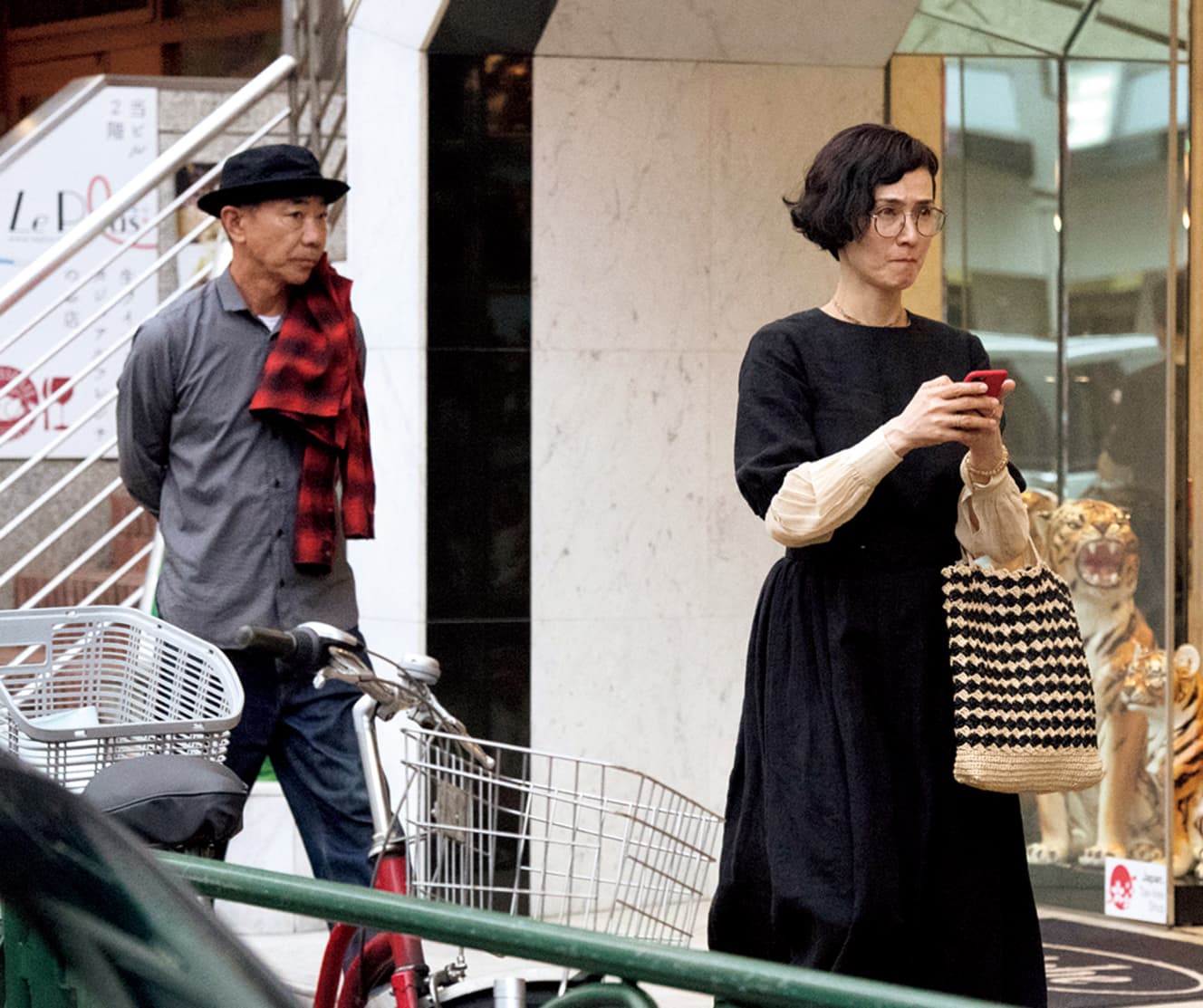
Although the person involved in the affair, Hiaki Maeda, has said at every opportunity, “It was Mr. Seiji Sakaguchi who encouraged Andre,” I am skeptical of this. It may be true that Seiji Sakaguchi had bad feelings toward Nichiaki Maeda during this period, but it is hard to believe that such an idea would come to mind for the honest businessman type Sakaguchi, who would think of more pragmatic ways to punish him, such as reducing fight money or lowering the fight order.
Then, who was the person who encouraged Andre to do so? I can think of only one person. After the match with Andre, someone said to Nichiaki Maeda after he finished taking a shower, “That was good, wasn’t it? It was Antonio Inoki.
I have always imagined that it was Inoki who encouraged Andre. It would be a disturbing match, it would be a topic of conversation, and its latent appeal might be visualized. In fact, Andre’s commodity value went down, but the popularity of Hiaki Maeda rose, and the fantasy grew endlessly. It probably goes without saying that Inoki’s reading of the situation was genius.
The “Tunnels vs. Akiyuki Nosaka” ended incompletely, with a drunken Nosaka malfunctioning and not developing or expanding as much as “Maeda vs. Andre,” but “the media made a fuss about it and it got a certain amount of publicity, so I guess it was okay. In fact, for the heartbroken 14-year-olds who heard it on the radio, it was an unforgettable night.
That was the whole story of April 5, 1986, when Tunnels and Akiyuki Nosaka faced off.
(End)
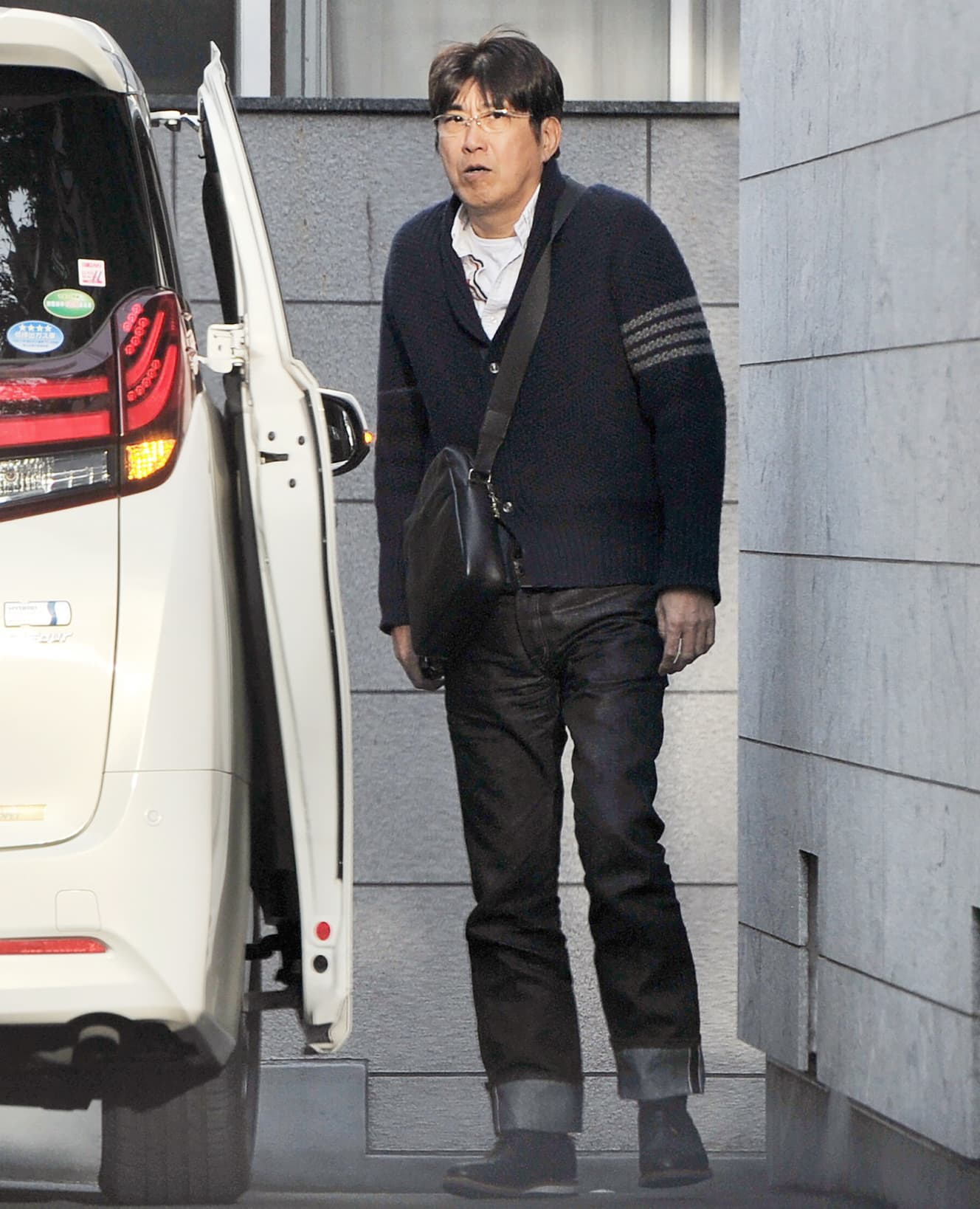
: Masashi Hosoda
Masashi Hosoda is a nonfiction writer born in 1971. His recent book, "The Man Who Let Chu Sawamura Fly the Vacuum: A Biography of Showa Promoter Osamu Noguchi" (Shinchosha) won the 43rd Kodansha Yasuharu Honda Nonfiction Award.
